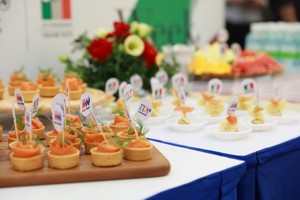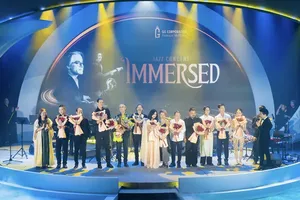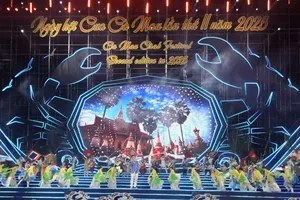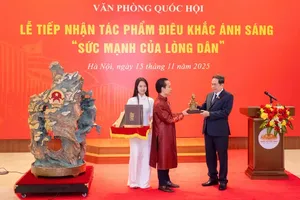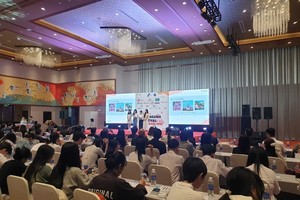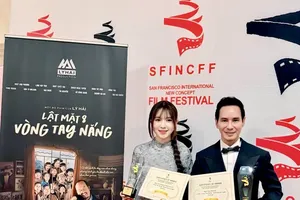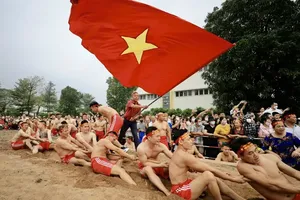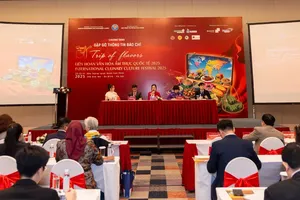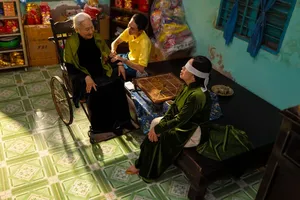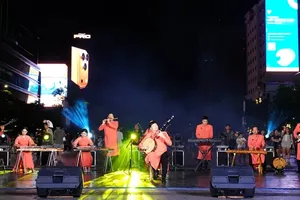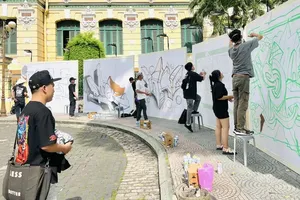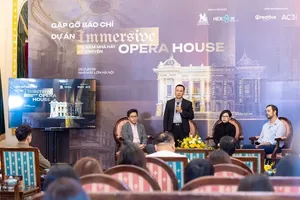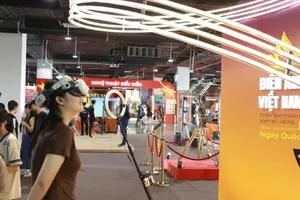With proper planning and execution, the initiative is expected to create a pathway for the museum to more fully integrate into the cultural life of the public.
Meeting the needs of tourists

Previously, a number of historical and heritage sites, including Hoa Lo Prison, the Thang Long Imperial Citadel, Van Mieu-Quoc Tu Giam (Temple of Literature), and Ngoc Son Temple in Hanoi, as well as the Cu Chi Tunnels in Ho Chi Minh City, had already introduced nighttime programs, reflecting a growing trend of extending heritage experiences beyond traditional hours. This approach also aligns with the cultural needs of urban residents and tourists seeking nighttime exploration and immersive experiences.
In major cities, night tours offer advantages. They fit more easily into the schedules of working adults and reduce exposure to daytime heat. For indoor spaces such as museums, evening operations are even more feasible, as they allow for better control of exhibition environments and heightened protection of artifacts.
Previously, Ho Chi Minh City had also proposed opening museums at night, but the idea never materialized due to a range of challenges, such as staffing shortages, high operating costs, technical requirements for artifact preservation, and security concerns. If successful, the Vietnam Museum of Fine Arts’ initiative could serve as a model for museums across the country.
In many developed nations, the “museum that never sleeps” model or extended hours on designated days is already commonplace. Major museums in the UK’s London, such as the British Museum, Tate Modern, and the Victoria and Albert Museum, regularly host late-night openings accompanied by themed programs, performances, and talks, transforming the museum experience into a multidimensional cultural destination.
Using a similar approach, the Musée du Louvre in Paris, France, has attracted large numbers of visitors seeking to avoid peak hours. Across Europe and North America, many museums host “late openings” or “museum nights,” offering guided tours, family programs, food and beverage services, and even venue rentals for nighttime events.
Benefits to both museums and audiences
Beyond meeting the public’s appetite for cultural experiences, international museums also leverage extended hours to diversify revenue streams, such as offering premium tickets for special time slots, hosting paid events and temporary exhibitions with separate admission, providing food, beverage, and retail services during extended hours, and renting out spaces to businesses or for cultural and entertainment programs in the evening.
When properly organized, this model not only boosts direct revenue but also extends the time the public engages with exhibits, enhancing both the cultural and commercial value of the museum.
The benefits are evident, but to make this model widespread in Vietnam, a comprehensive, long-term strategy is required. Attention must be paid to even the smallest details, such as ensuring lighting and air-conditioning systems meet standards without compromising artifacts; training professional staff for evening operations, including gallery attendants, guides, security personnel, and service staff; and developing engaging experience programs that combine in-depth commentary, digital interactivity (QR codes, audio guides), artistic performances, thematic talks, and family-oriented activities to diversify audiences. At the same time, it is crucial to study the social and cultural impact to prevent over-commercialization that could alter the institution’s identity.
The Vietnam Museum of Fine Arts’ decision to open in the evenings sends a positive signal, making cultural institutions more accessible to the broader public. For urban museums, where population density is high and demand for nighttime experiences is strong, this model has the potential to become an integral part of the city’s cultural life.
